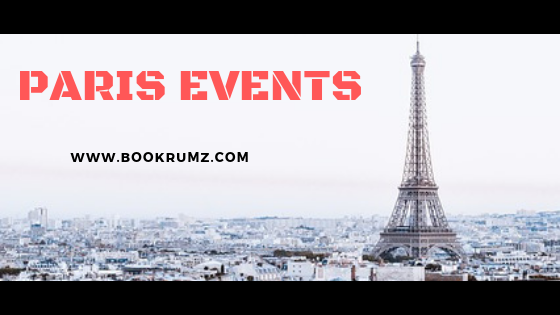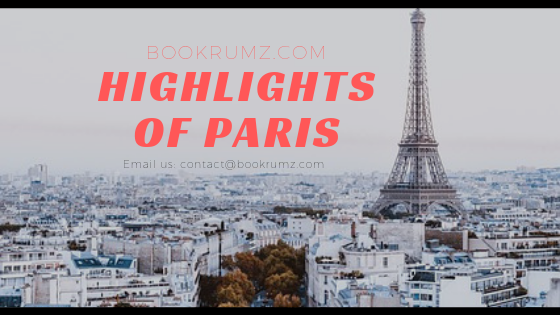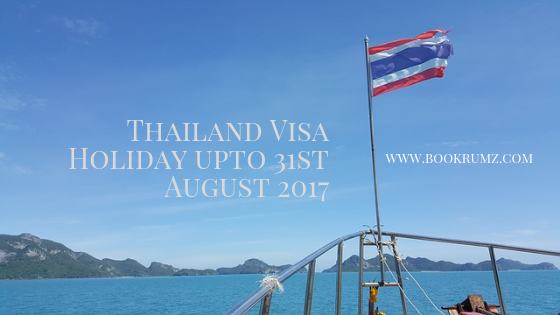(Travel to Thailand)
Bangkok is that the capital and most thickly settled town of Siam. It is known in Thai as Krung Thep Maha Nakhon[b] or simply Krung Thep. The city occupies 1,568.7 square kilometres (605.7 sq mi) in the Chao Phraya River delta in central Siam, and encompasses a population of over eight million, or 12.6 percent of the country’s population. Over fourteen million people (22.2 percent) lived among the encircling capital of Thailand Metropolitan Region at a try of010 census, creating national capital the nation’s primate town, considerably dwarfing Thailand’s different urban centres in terms of importance. (Travel to Thailand)
Bangkok traces its roots to alittle general store throughout the Ayutthaya Kingdom within the fifteenth century, that eventually grew and have become the positioning of 2 capital cities: Thonburi in 1768 and Rattanakosin in 1782. Bangkok was at the center of the modernization of Kingdom of Thailand, later renamed Siam, during the late-19th century, as the country faced pressures from the West. The city was at the centre of Thailand’s political struggles throughout the twenty th century, as a result of the country abolished absolute autocracy, adopted constitutional rule, and underwent varied coups and several other uprisings. The city grew apace throughout the Nineteen Sixties through the Nineteen Eighties and currently exerts a big impact on Thailand’s politics, economy, education, media and trendy society. (Travel to Thailand)
The Asian investment boom within the Nineteen Eighties and Nineteen Nineties semiconductor diode several transnational companies to find their regional headquarters in Krung Thep. The city is currently a regional force in finance and business. It is a global hub for transport and health care, and has emerged as a centre for the humanities, fashion, and entertainment.
The city is thought for its street life and cultural landmarks, as well as its red-light districts. The Grand Palace and Buddhist temples as well as Wat Arun and Wat Pho change distinction with alternative holidaymaker attractions like the nightlife scenes of Khaosan Road and Patpong. Bangkok is among the world’s high holidaymaker destinations and has been named the world’s most visited city in several rankings.
Bangkok’s zoom including very little urban coming up with has resulted in a very haphazard cityscape and inadequate infrastructure. An inadequate road network, despite an extensive expressway network, together with substantial private car usage, have led to chronic and crippling traffic congestion, which caused severe air pollution in the 1990s. The city has since turned to transport in an effort to resolve the matter. Five mass rapid transit lines ar currently operating, with a lot of systems beneath construction or planned by the national government and also the Krung Thep Metropolitan Administration.
Like most of Asian country, capital of Thailand encompasses a tropical savannah climate underneath the Koppen climate classification and is underneath the influence of the South Asian monsoon system. It experiences 3 seasons: hot, rainy, and cool, though temperatures ar fairly hot year-round, starting from a median low of twenty-two.0 °C (71.6 °F) in Dec to a median high of 35.4 °C (95.7 °F) in April. The time of year begins with the arrival of the southwest monsoon around mid-May. September is that the wettest month, with a median downfall of 334.3 millimetres (13.16 in). The time of year lasts till Gregorian calendar month, once the dry and funky northeast monsoon takes over till February.
The hot season is usually dry, however conjointly sees occasional summer storms. The surface magnitude of Bangkok’s urban heat island has been measured at a pair of.5 °C (4.5 °F) throughout the day and eight.0 °C (14 °F) in the dark. The highest recorded temperature of capital of Thailand metropolis was forty.1 °C (104.2 °F) in March a pair of013, and also the lowest recorded temperature was nine.9 °C (49.8 °F) in January 1955.
Bangkok’s districts usually don’t accurately represent the purposeful divisions of its neighbourhoods or land usage. Although urban coming up with policies originate to the commission of the “Litchfield Plan” in 1960. So that commence methods for land use, transportation and general infrastructure enhancements. Sectionalisation laws were not fully implement until 1992. As a result, the town grew organically throughout the amount of its fast enlargement. Each horizontally as ribbon developments extend on fresh designed roads, and vertically. With increasing numbers of high rises and skyscrapers being inbuilt industrial areas.
The city has matured from its original centre on the watercourse into a sprawling metropolis. It encircles from swaths of community residential development extending north and south into near provinces. So the extremely inhabited and growing cities of Nonthaburi, Pak Kret, Rangsit and Samut Prakan. Takes area unit effectively currently suburbs of Krung Thep. Nevertheless, giant agricultural areas stay inside the town correct at its jap and western fringes.
Land use within the town consists of twenty-three % residential use. Twenty-four % agriculture, and thirty % used for commerce, industry, and government. The BMA’s town planning Department (CPD) is responsible development. It revealed program updates in 1999 and 2006, and a 3rd revision is undergoing public hearings in 2012.
Bangkok has many parks, though these quantity to a per capita total park space of just one.82 sq. Metres (19.6 sq ft) within the town correct. Total inexperienced house for the whole town is moderate, at 11.8 sq. metres (127 sq ft) per person. In the additional densely settle aras of town. These numbers are as low as one.73 and 0.72 sq. metres (18.6 and 7.8 sq ft) per person. More recent numbers claim that there’s three.3 M2 of inexperienced house per person. It compares to a mean of thirty-nine M2 in alternative cities across Asia. In Europe, London has thirty-three.4 M2 of inexperienced house per head.
Bangkokians therefore have ten times less inexperienced house than is commonplace within the region’s urban areas. Green belt areas embody concerning 700 sq. kilometres (270 sq mi) of rice paddies and orchards. On the japanese and western edges of town. Though their primary purpose is to control flood detention basins instead of to limit urban growth. Bang Kachao, a 20-square-kilometre (7.7 sq mi) conservation space on associate degree. (Travel to Thailand)
So visit ou you tube channel bookRUMZ.










